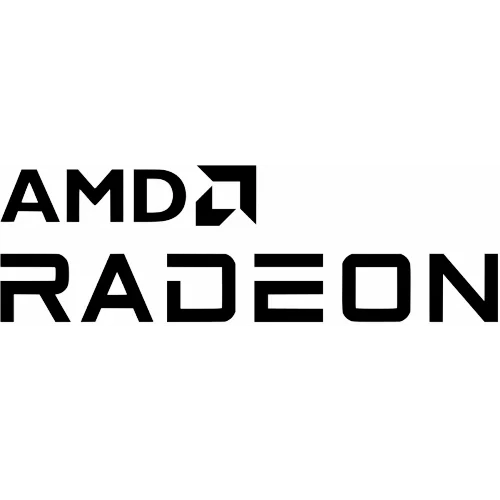AMD RDNA3 Vulkan Ray-Tracing Performance Is Now Usable With Ubuntu 23.10

With Ubuntu 23.10 from Ubuntu 23.04 it means going from Linux 6.2 to 6.5 and Mesa 23.0 to Mesa 23.2.1 as the most significant upgrades affecting graphics performance. Plus there is GNOME 45 to replace GNOME 44 of which there's been more Wayland improvements, Mutter performance optimizations, etc.
The Intel and Radeon graphics performance have seen some nice improvements on Ubuntu 23.10 compared to 23.04 and earlier with all the continued improvements going into the kernel and the Mesa OpenGL/Vulkan drivers. I'll have more benchmarks in the days ahead but arguably the most impactful difference for those using Ubuntu 23.10 out-of-the-box is the Vulkan ray-tracing with Radeon graphics becoming usable.
Thanks to all of the RADV improvements made in recent months by Valve, Google, Red Hat, and other parties on improving Radeon Vulkan ray-tracing, RADV is delivering playable frame-rates now for ray-traced titles. Here's a few numbers to get an idea for the night and day difference in the out-of-the-box Ubuntu performance using a Radeon RX 7900 XTX:
Of course, Linux gamers on Ubuntu 23.04 or 22.04 LTS can always manually upgrade their kernel and use the likes of the Oibaf PPA for easily obtaining newer Mesa components, but as it concerns the Vulkan ray-tracing performance out-of-the-box it's in much better shape with Ubuntu 23.10. There are also very nice performance wins in non-ray-traced games too for which I'll have a larger graphics driver comparison soon on Phoronix.
14 Comments

